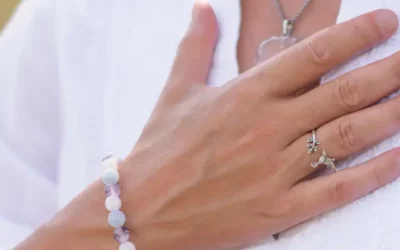Until you make the unconscious conscious, it will control your life, and you will call it fate.
Carl Jung
So you’re thinking about becoming a coach. Great! You’ve found the right place – we train people from all walks of life to become coaches. Welcome! You may also want to check out our guide for becoming a coach or watch our webinars where a panel of coaches talk about their journeys and practicalities of getting started.
For those of you not quite at the “I want to get started!” phase, read on. If you know a little about coaching, but you’re not sure whether is something you want to do as part of your job or as your own business, this article is for you.
There are many types of coaches, with the most common types being executive coaches, business coaches, life coaches and mentor coaches. Whatever type of coach you may want to become, the outline below could be useful in helping you understand how coaching works in general, regardless of your future speciality. Big thanks to Ram, Coacharya Founder, for putting this together!
What is the process of coaching?
The following are common steps that take place when a client and coach work together.
The client seeks an outcome, or the client is not content with what she is doing, not sure what she wants. This desired outcome may be a behavior change, improved relationship, enhanced performance, recovery from an emotional trauma or any shift from a disempowering current situation to an empowering future outcome.
Whatever is standing in the way of achieving the desired outcome or clarity in an outcome is largely an unconscious block.
This unconscious block is triggered by past experiences that limit and disempower the client.
The coach explores the client’s beliefs and values to uncover the triggers causing the block and the disempowering behavior, and creates conscious awareness of root causes so far remaining unconscious.
The coach reframes the client’s perspective in the light of this awareness to help develop action plans to move towards the desired outcome.
The coach helps to anchor the reframed mindset and behavior in the client, and to make the client accountable for the outcome desired.
What causes unconscious mind blocks?
- Any incident of an emotional trauma is shifted by our mind to an unconscious level to allow us to recover from the trauma (Iceberg model of Freud/Jung).
- Often these unconscious memories of traumas are formed in childhood when we are in the impressionable delta, theta and alpha brain wave patterns, or in cases of violent trauma as in cases of PTSD.
- Psychologists believe that 90% of memories we hold are in the unconscious state; more traumatic they are the deeper they are buried; these memories are mostly emotion laden, and often visual.
- Despite not being visible, these unconscious emotion laden memories influence us in the present and script our future.
- Understanding unconscious mind blocks that drive us by making them conscious empowers us to re-script our future.
Coaching is about making the unconscious conscious.
Coaching Creates Awareness
Coaching moves the client from the state unconscious mind blocks to a state of awareness of what these are.
The coach explores the values and beliefs of client to help understand what stands between desired outcome and the present reality.
A coach works on the truth that one can change very little of the external world; all change has to be from within. Creating this awareness is the most critical part of coaching; client cannot proceed without being aware of what mind blocks are.
At Coacharya, we work with powerful proprietary processes blending most recent Western psychological and neurological findings with ancient Eastern wisdom such as Yoga and Zen to create awareness. One of the Coacharya processes helps clients work on their inner energy system to discover emotional blocks, relive to relieve them and to create a new script.
Coaching Leads from Awareness to Action
Once the blocks have been discovered, the coach helps the client to evolve several options to reach the desired outcome.
The client evaluates the options and selects the most appropriate one for them. Often, this process of selecting the best option is not necessarily a cognitive one, but an emotional, and unconscious selection. The unconscious makes the best choices. At Coacharya, for example, we employ processes of self-discovery, using meditative techniques, to enable selection of the right choices in action.
Coaching Anchors Action into a New Habit
Old habits die hard. Neuroplasticity requires repetition of an action to form new neural connections that form a new behavior as a habit.
Visualization, for example, is an effective process to anchor and embed new behavior. At Coacharya, we use meditative visualization to anchor actions client undertakes to create new empowering behavior.
The coach works with the client to help her assume accountability for the desired change.
Do You Want To Be a Coach?
We invite you to learn more about our coach training programs and reach out to us if you’d like to join one. We have multiple virtual programs, suitable across all timezones. You can see our current schedule here.



